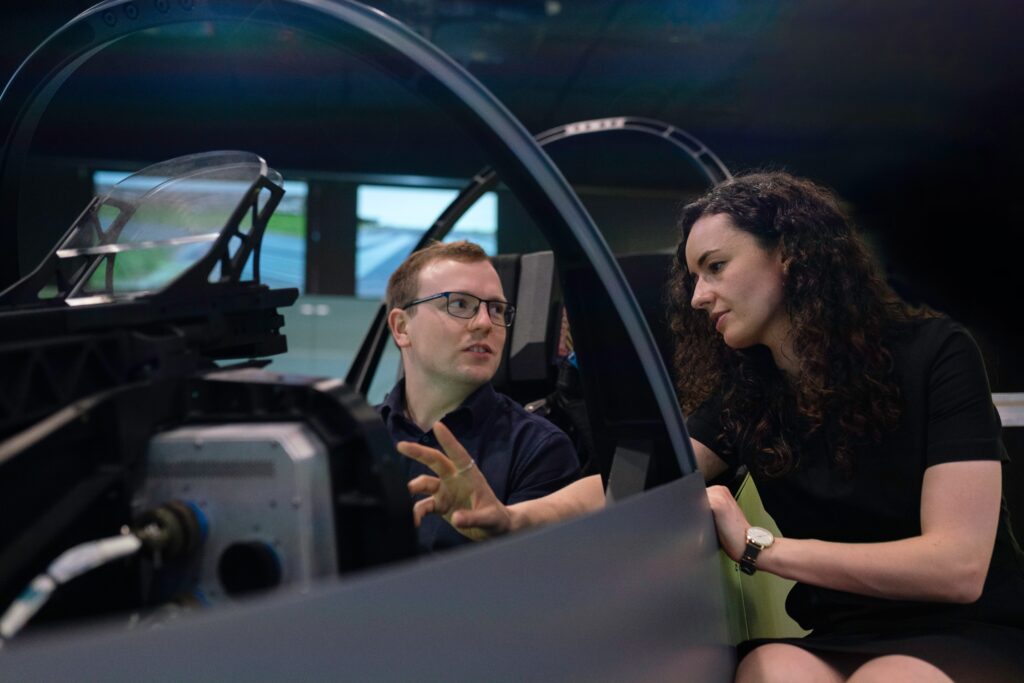
The Art of Communication: Radio Procedures for Pilots
Effective communication is the backbone of aviation safety. Pilots rely on clear and concise radio procedures to exchange critical information with air traffic control (ATC)

Effective communication is the backbone of aviation safety. Pilots rely on clear and concise radio procedures to exchange critical information with air traffic control (ATC)

Weather plays a pivotal role in aviation safety, and understanding weather data is essential for every pilot. The ability to interpret weather information can mean

Aspiring pilots often dream of soaring through the skies, their hands firmly gripping the controls of an aircraft. Behind every successful pilot, however, stands a

When it comes to aviation training, the student-instructor relationship is the cornerstone of success. At CFI Academy, a leading certified Flight Instructor academy in Lodi,

Embarking on a journey to become a certified flight instructor is an exciting and challenging endeavor. As a passionate aviation enthusiast, I enrolled in the

Private Pilot License (PPL) and Private Pilot Certificate (FAA) are two terms often encountered by aspiring pilots, and understanding the differences between them is vital. While a PPL is granted by aviation authorities outside of the United States and has varying geographical validity, a Private Pilot Certificate issued by the FAA holds jurisdiction within the United States. The article explores the nuances between these certifications, including training requirements, privileges, and limitations. By comprehending these distinctions, aspiring pilots can navigate the regulatory landscape and embark on their aviation journey with confidence.

Aspiring pilots understand the importance of mastering their skills in various weather conditions. Flight instructors play a crucial role in preparing students for the unpredictable challenges they may face in the sky. In this blog post, we will explore the best practices shared by the renowned CFI Academy in Lodi, emphasizing their insights into teaching flight lessons during challenging weather conditions. These practices not only ensure the safety of both instructors and students but also enhance the learning experience, creating competent and confident pilots.

Flight instruction is a critical aspect of pilot training, playing a vital role in shaping the skills and knowledge of aspiring aviators. With aviation constantly evolving, it is essential for flight instructors to adopt effective techniques that enhance the learning experience and prepare pilots for the challenges of the modern aviation industry. In this blog post, we will explore some of the best practices for flight instruction, drawing inspiration from Lodi’s CFI Academy, renowned for its innovative approach to pilot training.

The purpose of flight instruction is to help students develop the skills they need to become safe pilots. The best instructors use a variety of

The best flight instructors are more than just good pilots. They’re also skilled technical experts, excellent communicators and educators, and experienced professionals who know how

Become a CFI in just 3 weeks!
Accelerated or Flexible Options Available.
Classes Starting Soon!